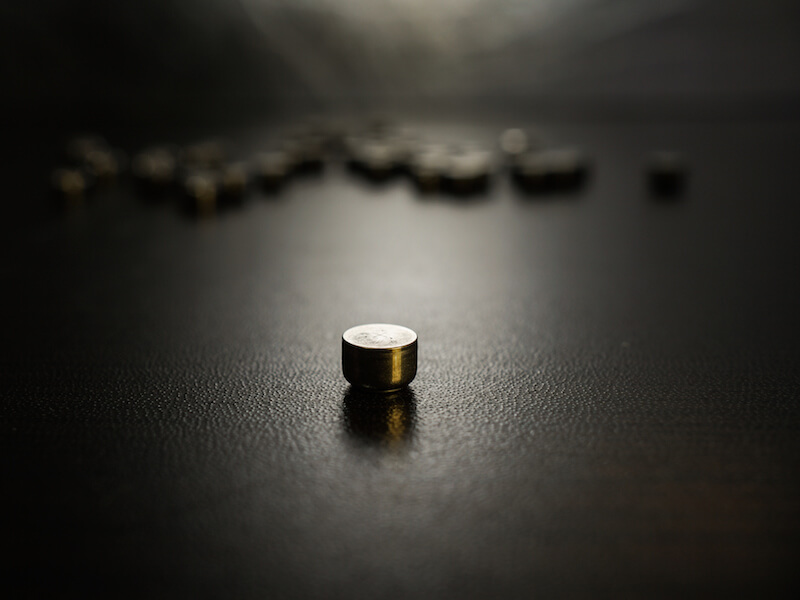
From cameras to phones to music players, how we power our electronics has advanced. For decades, those looking to address hearing loss have hoped for a similar advancement, and the industry is finally realizing the promise of a robust rechargeable hearing aid battery.
Size 312 batteries are the most common of the disposable batteries that have typically been used to power hearing aids. The most prominent form of this battery, now, is “zinc-ion”.
Disposable Hearing Aids Have a Disadvantage
As the name would indicate, a zinc-air battery is impacted by the presence of air. Regarding the 312 batteries used in a lot of hearing aids, the user needs to pull a little tab off the back of the battery before it’s turned on and functional.
As soon as it is fully oxygenated, it starts to lose power. That means power is beginning to drain even if the user isn’t ready.
The biggest disadvantage to disposable batteries, for most users, is how long they last. Some reports have estimated the average life expectancy of a size 312 disposable battery to be from 3 and 12 days, which means users may need to switch out their batteries about 120 times per year.
That also means users may need to buy 120 batteries, spend the time twice a week to replace them, and correctly dispose of each. That’s probably over $100 in batteries from a cost outlook alone.
Rechargeable battery Improvements
Rechargeable hearing aid technology has progressed to the point where it’s now a practical option and that’s good news for people who wear hearing aids.
The vast majority of individuals would use rechargeable hearing aids if given an alternative according to some research. Until now these models have traditionally struggled to supply a long enough charge to make them worthwhile. However, modern advancements now allow a full day of use per charge.
Rechargeable batteries won’t save users significant amounts of money, but they will make quality of life better.
In addition to supplying 24 hours of use time, these new models result in less aggravation for the user, since there’s no more swapping and correctly disposing of batteries. They simply need to put the battery on the charger.
When a disposable battery nears the end of its life it doesn’t run your hearing aid at full power. And you can’t determine how close the battery is to quitting. So the batteries could die at the exact moment that a user needs them the most which could even put them in peril. Not only is this a safety hazard, but users may miss out on significant life moments due to a dead battery.
Hearing Aids Come in Different Types
There are distinct benefits to each of the different materials that rechargeable batteries are constructed from. Integrated lithium-ion batteries are one option being used by manufacturers because of their ability to hold a 24-hour charge. And smart-phones are powered by this same kind of battery which may be surprising.
Another kind of contemporary rechargeable battery is a silver-zinc. This innovative technology was initially manufactured for NASA’s Apollo missions to the moon. You can even use this technology to modify and retrofit the existing hearing aids you’re comfortable with by converting the device to rechargeable power. These batteries, like lithium-ion, will also last all day before requiring a recharge.
There are also models that let you recharge the hearing aid without removing the battery at all. For these, users will slip the entire hearing aid into a charging station when they sleep or at another time when the hearing aid isn’t in use.
Whichever solution you choose, rechargeable batteries will be substantially better than disposable batteries. You just need to do some research to determine which option is ideal for your needs.
If you’re looking for more information about hearing aid technology or how to pick the proper hearing aid to satisfy your needs, we encourage you to take a look at our hearing aids section.
